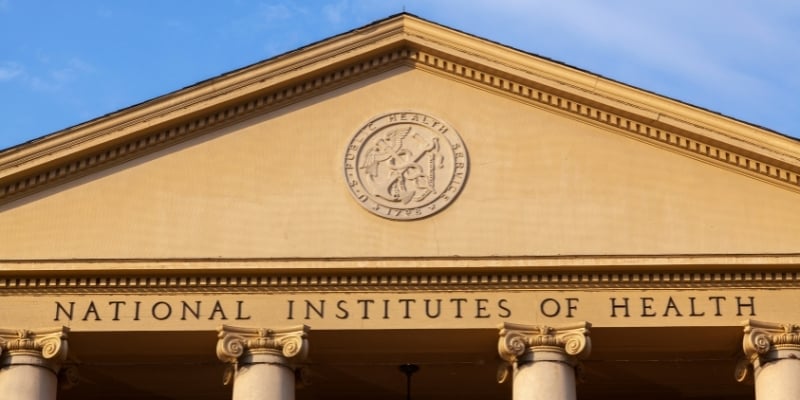In 2010, total U.S. traffic deaths fell to their lowest level since the 1950s – due in part to more motorists buying into “buckling up and embracing safety innovations.” Motor vehicle death rates have remained roughly steady since that time despite more people driving.
Over the same decades, however, firearm death rates have remained steady and now started to rise. Why?
Let’s start by unpacking what led to the decrease in traffic deaths. Spoiler alert: It wasn’t a single “magic bullet.” Rather, it was a combination of approaches under the “three E’s of injury prevention” — education, engineering and enactment.
Education includes teaching the public about safe driving (basic driving rules; “don’t drink and drive”; the #justdrive campaign to end distracted driving), and about safe behaviors (like using appropriate car seats for kids). Remember the crash test dummies from the 1980s in television spots about using seat belts? Traffic safety campaigns also involve community or cultural change, like the “friends don’t let friends drive drunk” slogan that also began in the 1980s.
Engineering means making a product or environment safer — and sometimes this approach can work well because it doesn’t rely on changing behavior (which we know can be hard). For traffic safety, engineering advances over the past decades have had a major impact on crash fatality rates. Car occupants are far more likely to survive a crash now thanks to innovations like air bags (invented in 1951), seat belts and crumple zones (the parts of the car designed to absorb impact and crumple in a crash). Newer technologies like automatic braking systems and blind spot detection may even reduce the likelihood of a crash even happening.
Engineering of the environment outside cars also helped reduce deaths, through things like rumble strips, highway guard rails, traffic lights (introduced in 1930) and urban design to reduce motor vehicle – pedestrian collisions. Social engineering has included the development of alternative transportation options, like Uber and Lyft, that may reduce drunk driving.
Enactment of laws was a third key component to reducing traffic deaths. In 1970, the Highway Safety Act established the National Highway Traffic Safety Administration (NHTSA), a national organization responsible for reducing deaths, injuries and economic losses from motor vehicle crashes. NHTSA oversees large educational campaigns as well as vehicle safety testing, ratings and recalls.
Federal and state laws set speed limits and policies around driver licensing and driving while impaired. A key component of enactment is enforcement — that is, how are laws actually implemented and enforced, such as through heightened patrolling for drunk driving during holiday periods.
So, what does all this mean for reducing firearm-related injuries and fatalities?
Well, the first takeaway should be that there’s not a single “magic bullet” here, either. It’s going to take a combination of approaches, as well as the research to understand which ones work and why.
We need educational efforts to reduce firearm injuries and deaths — things like campaigns about secure home firearm storage (to keep guns out of the hands of kids) and reducing firearm access in times of suicide risk, and violence interruption programs with trusted community messengers. Maybe “have a brave conversation” will become the new “friends don’t let friends drive drunk,” as we encourage friends and family to look out for those with suicide risk. And we need engineering approaches like biometric “smart guns” (which can only be fired by an authorized user) and storage devices like safes, quick-access lock boxes and trigger locks.
Yes, we will also need enactment of policies if we want to significantly reduce firearm injuries and deaths in the United States. But we need thoughtful conversations about those policies — and then research to evaluate their effect on a range of outcomes — rather than knee-jerk reactions (either pro or con). Beyond the policies most often debated, we should also be thinking about policies to encourage secure home firearm storage, facilitate temporary firearm transfers in times of suicide risk, reduce liability for firearm outlets that offer temporary storage to prevent suicide, or even establish a NHTSA-like entity for firearm injury.
Enacting firearm-related legislation alone won’t solve the problem of firearm-related injuries and deaths — nor will education, nor will engineering. We need them all — and we need the research to inform them all. We need to engage varied voices in these discussions. We need to move away from vilifying the “other side” and instead embrace the fact that all of us want to keep our friends and loved ones safe from harm.
We’ve been down this road before, with a comprehensive approach to traffic safety and reducing motor vehicle deaths. We can do it again, this time with firearm injury.
Emmy Betz, MD, MPH, is a practicing emergency physician and researcher at the University of Colorado School of Medicine, where she directs the Firearm Injury Prevention Initiative. She also co-founded the Colorado Firearm Safety Coalition and gave a TEDx talk on firearm suicide prevention. This piece reflects her views, not those of her employers.
This article originally appeared in The Hill.
CU Anschutz
Fitzsimons Building
13001 East 17th Place
3rd Floor
Mail Stop B119
Aurora, CO 80045






